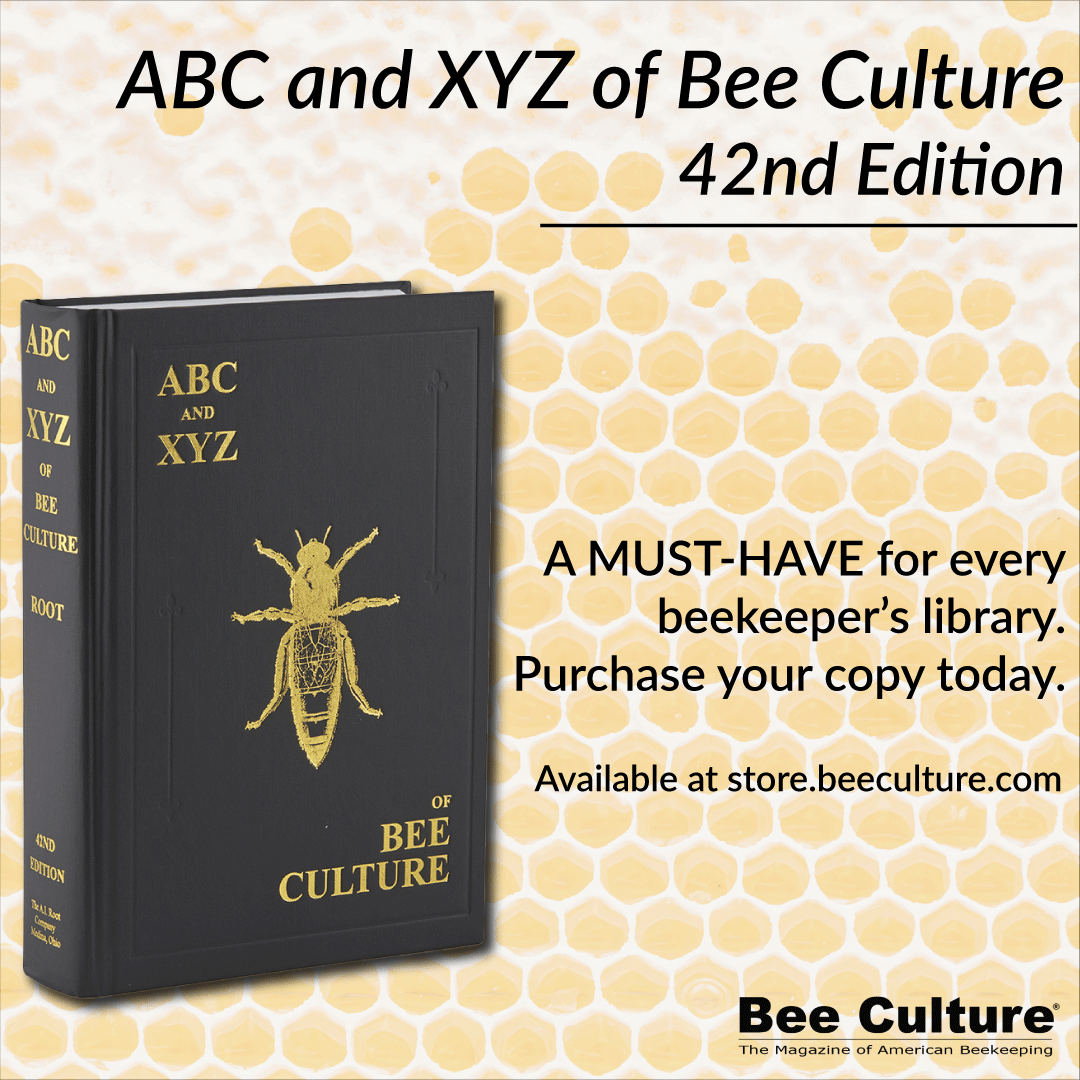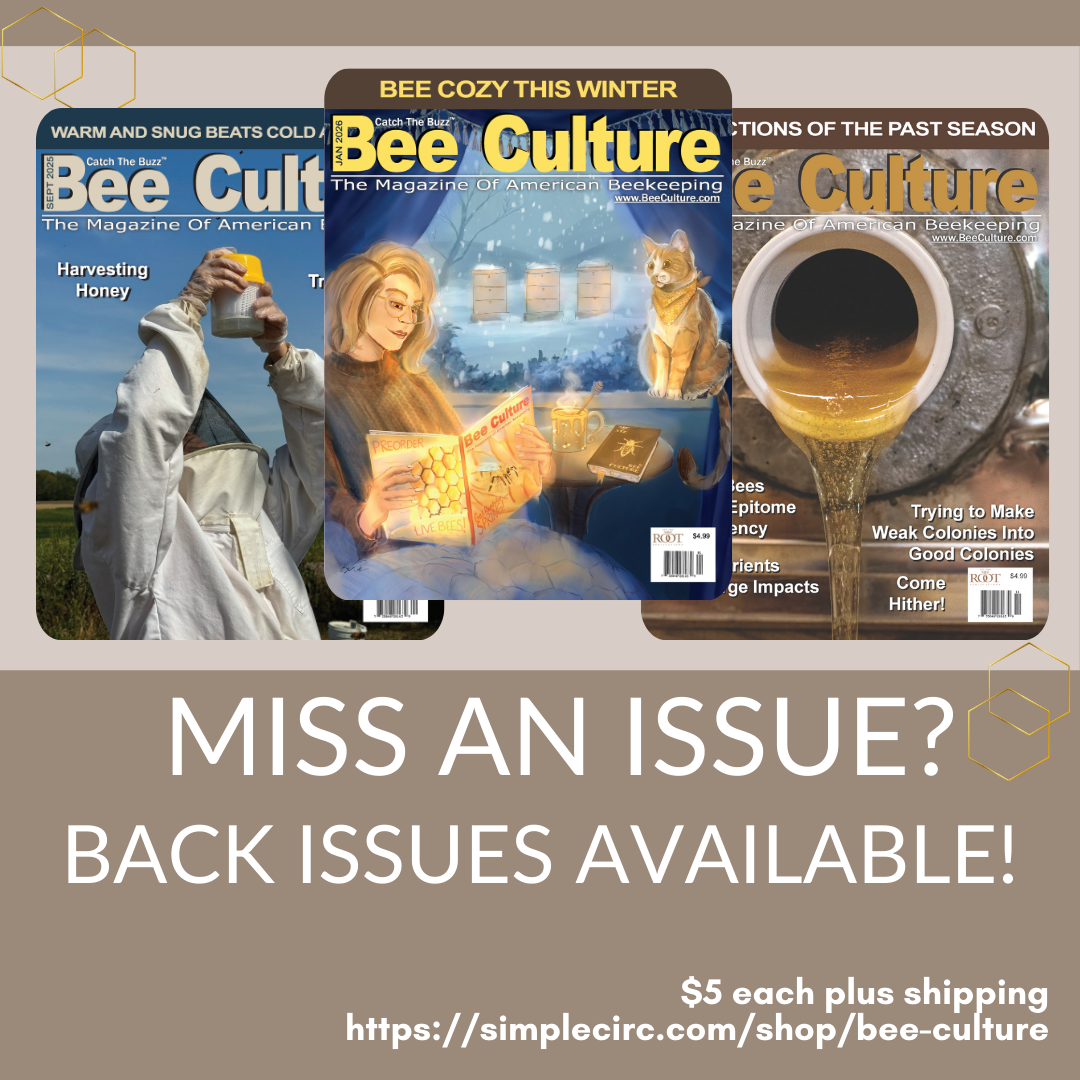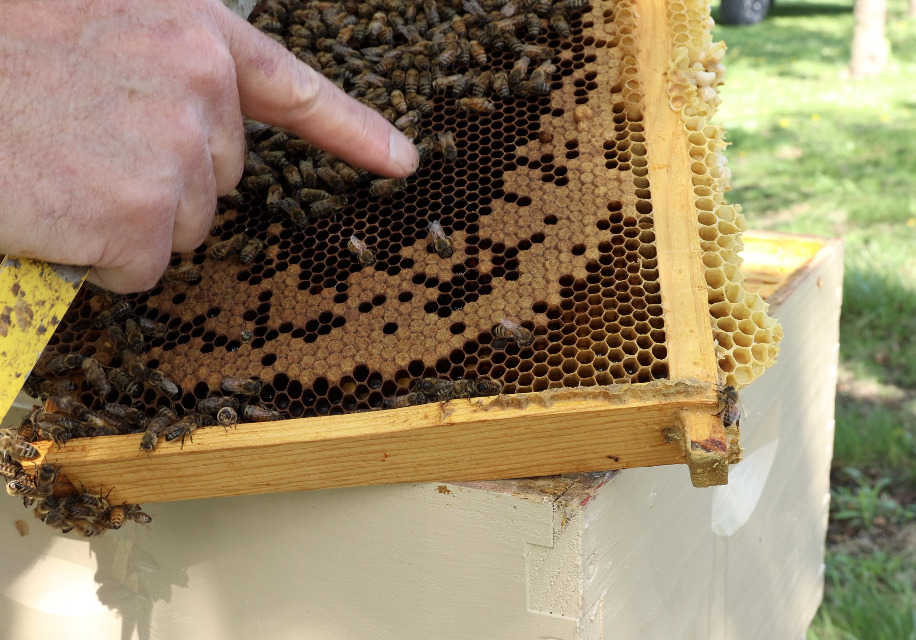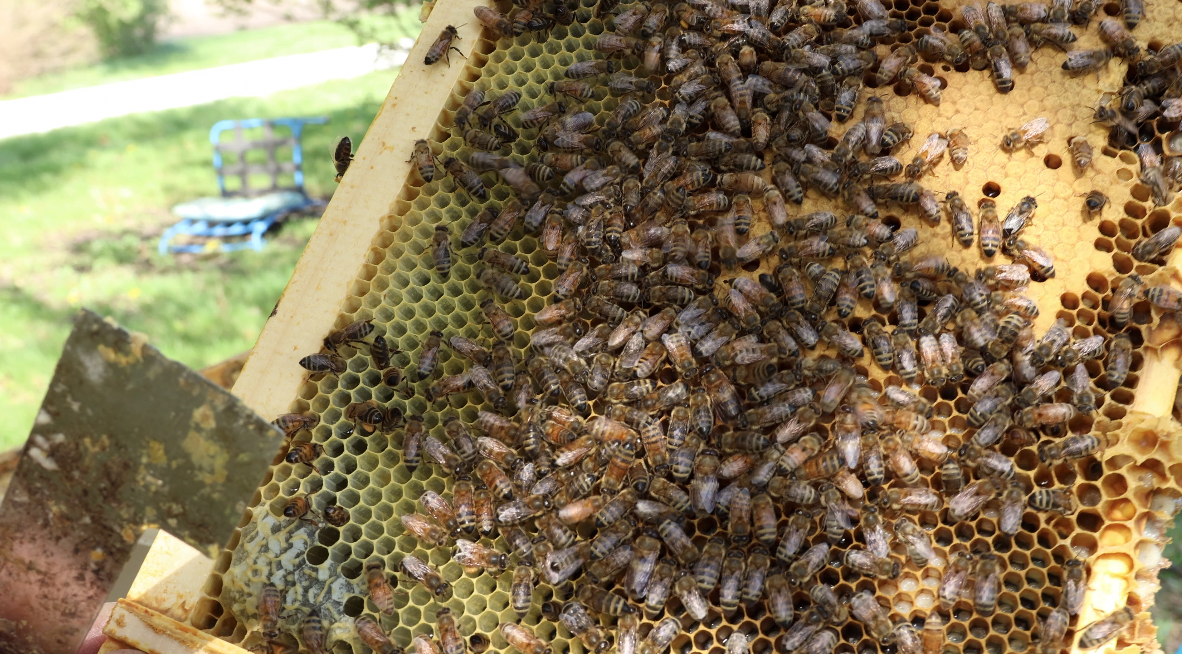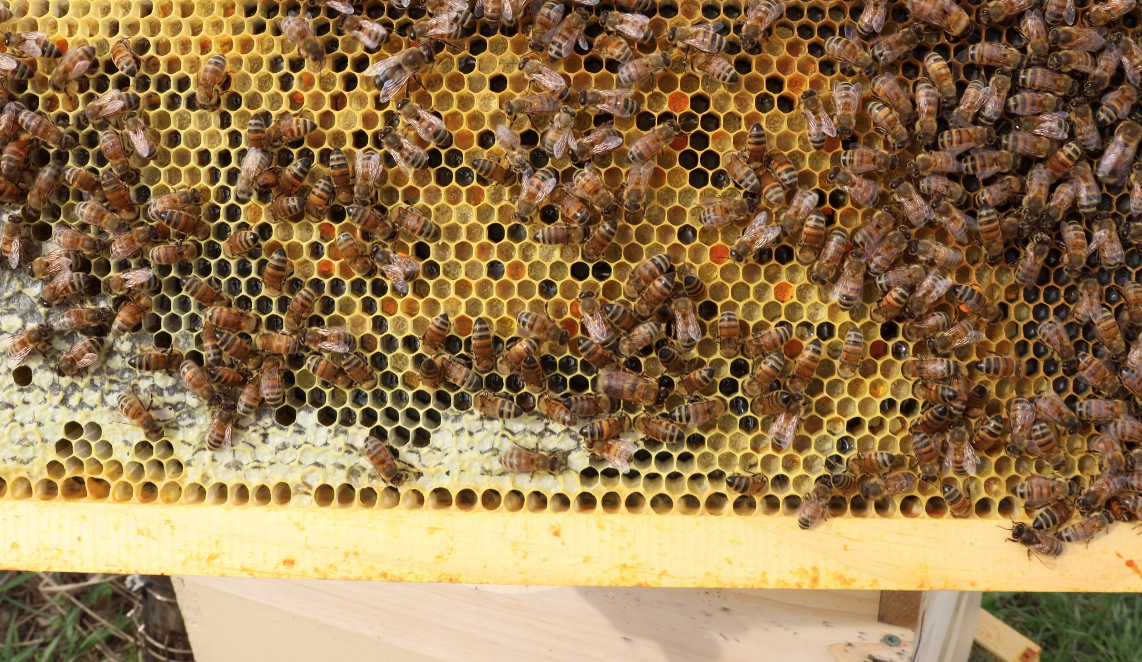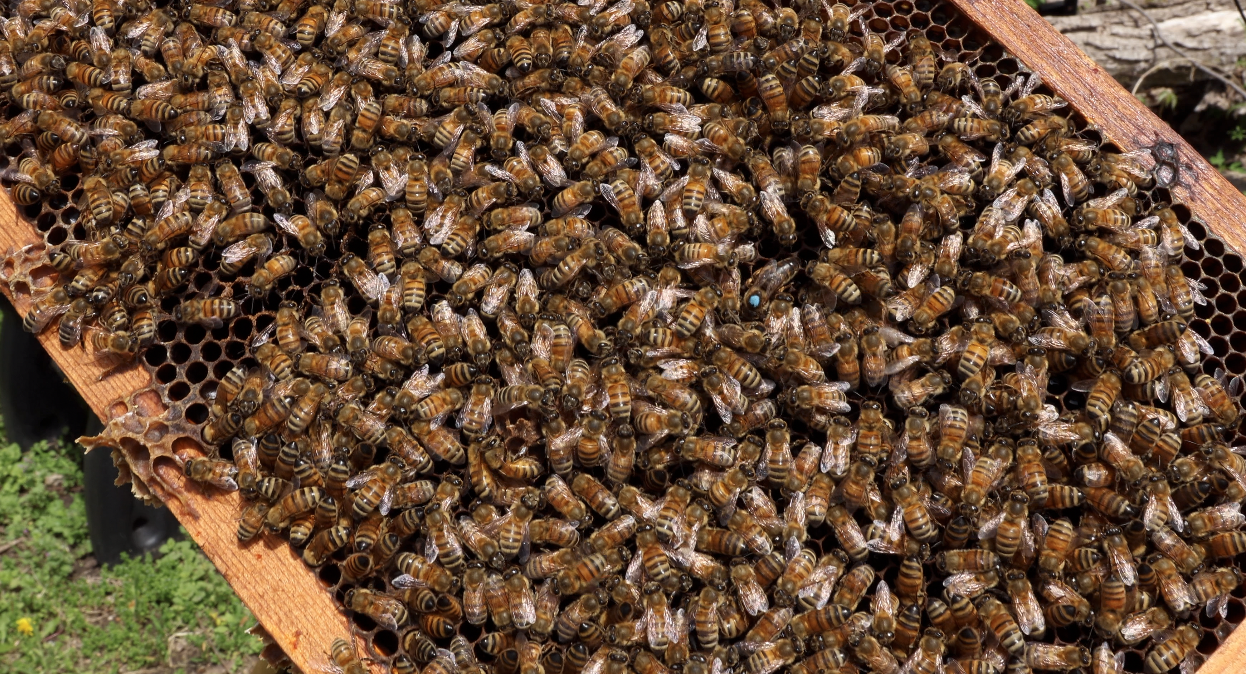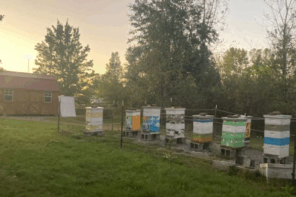Click Here if you listened. We’d love to know what you think. There is even a spot for feedback!
Read along below!
Hive Inspections & Human Bias:
More Than Meets the Eye
By: David Burns
Years ago, I held an advance beekeeping course at my training center. Something surprising happened and it has stayed with me ever since. I split the class of 16 experienced beekeepers into four groups of four. Each group was given the same assignment: inspect the same hive, discuss their findings among themselves, and then appoint a spokesperson to report back in front of the class. By the last group’s inspection, the hive was not happy.
The hive was boring and typical — not a trick setup, not a “gotcha” hive. It was just a normal colony with a laying queen, brood in all stages, and the usual signs you’d expect during the bee season. My goal was simple: get the students practicing their hive inspection skills and working together as a team to distill what they saw. I was amazed when each group’s designated spokesperson shared their findings. It was as if each group had inspected a different hive. Their findings were wildly inconsistent.
One group reported that the hive was queenless. “No eggs, no sign of her, and the colony seemed disorganized and weak,” their delegate said. A second group disagreed entirely. “We saw a great brood pattern, brood in all stages,” they said. “She’s in there and doing her job.” A third group reported that the hive was under stress from mites even though they did not do a mite test. The fourth group concluded that the hive was so populated that it was ready to split.
Remember, these were experienced beekeepers at an advance beekeeping course. I was blown away. I figured there would be some things that one group may have noticed that another group may have missed, but this hit me like a ton of bricks. They had all inspected the same hive — same frames, same bees, same everything, within one hour. How could four groups see the same hive so differently? It has taken me years to think through this scenario. What caused this?
I’ve had the privilege to personally mentor hundreds of beekeepers after this event and I have begun to put together some clues as to why beekeepers can view an inspection so differently. It is a powerful reminder of how human perception, bias, confidence, (or lack of confidence) and group dynamics can distort what’s objectively in front of us. It also shows us a deeper truth: hive inspection isn’t just about what we see — it’s about how we see.
Each group inspected the hive with their own set of filters — shaped by past experiences, what recent YouTube video they watched, what they heard at the last conference or what they had read, even the advice they had been given. Some had been told, “If you don’t see the queen, assume she’s gone.” Others believed that noisy bees means the hive is queenless. Some may have looked only at two or three frames and formed a sweeping judgment. Some focused on eggs, others on the vibe or “feel” of the colony. One group may have focused too much on the presence of drones or capped brood and ignored stored resources entirely.
This is exactly what makes mentoring and teaching beekeeping both fascinating and challenging. No two beekeepers interpret a hive the same way — at least not until they’ve developed critical thinking and observational consistency.
Many new beekeepers assume that when you open a hive, the truth of what’s happening inside will immediately be obvious. That’s never how it happens.
Bees don’t spell things out for us; they leave evidence scattered throughout the hive, and it’s up to us to connect the dots. We are working with over 40,000 moving parts, all in a living system that’s always changing. On any given day, a hive can look queenless simply because the queen is elusive, or the eggs are hard to see, or the beekeeper didn’t pull enough frames. But they are there.
There’s also peer pressure. In a group, someone always takes the lead and others nod along. One dominant voice can sway an entire interpretation. And in some cases, people interpret what they expect to see, not what’s truly there.
As a mentor, this moment reminded me that I’m not just teaching beekeepers to memorize facts — I’m trying to help them see clearly.
I want them to understand that a hive inspection is a process of evidence-gathering, not a quick judgment call. I encourage my mentees that it’s okay not to have an immediate answer. That multiple observations must be pieced together like a puzzle: eggs, brood pattern, queen cells, nectar flow, population size, mite pressure — all of it matters. Slow down, look carefully for the clues.
After that exercise, I walked the entire class through the actual facts of the hive from my video inspection the day before. I showed them the eggs, pointed out the brood pattern, asked questions and helped them piece together the video proof. By the end, they all agreed it was a healthy colony with a productive queen. The exercise didn’t embarrass anyone. If anything, it opened their eyes to more carefully piece the facts together and not draw misguided conclusions.
Here’s the truth: you don’t need 10 years of experience to inspect like a pro. You need three things — careful observation, critical thinking and humility. Once those three things are in place, beekeepers can stop relying on gut feelings and guesswork and start interpreting what the bees are really telling them.
So the next time you open your hive, ask yourself: Am I seeing what’s really there, or just what I expect to see? Am I gathering evidence, or jumping to conclusions?
The bees aren’t trying to fool us. But sometimes, without realizing it, we fool ourselves.
If you’d like to watch my YouTube video where I discuss this topic in more detail, visit: https://www.honeybeesonline.com/davids-youtube-channel





